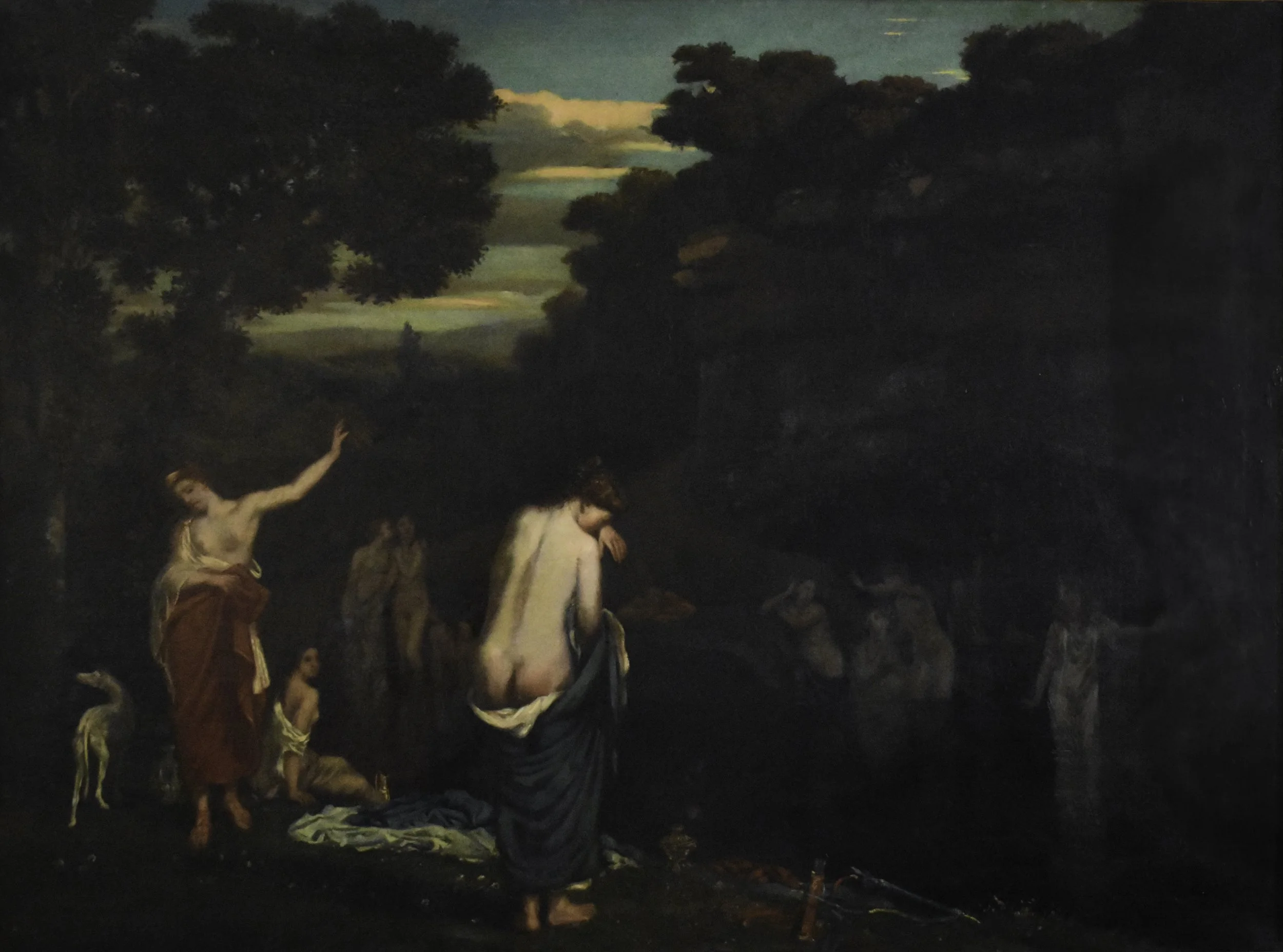RICHARD CLAGUE, JR.
(Franco-American, 1816-1878)
Richard Clague is considered the father of the 19th c. Louisiana landscape painters, or Bayou School, as they are often referred. Born in Paris, France on May 11, 1821 to a French Creole mother from New Orleans and an English father from the Isle of Man, the Clague family was prosperous and divided their time between Paris and New Orleans. Though half-English, Clague was Creole in all aspects due to his mother and lineage. French was his native tongue, and he was educated in the fine arts in France and French Switzerland from the age of fifteen. Clague studied with François-Edouard Picot (1786-1868) and at the ateliers of Horace Vernet and Ernest Herbert. In 1849, when he was 28 years old, he was registered at the Ecole des Beaux-Arts in Paris; his registration was signed “J. Ingres,” then Vice-President of the Ecole. His sponsor was Picot. Clague’s Paris years coincided with the first widespread acceptance of the landscape in France and is certainly indebted to Theodore Rousseau and the Barbizon and Fontainebleau groups with whom he painted naturalistic landscapes in the plein aire style. Clague lived in Paris and exhibited at the Paris Salon in 1848, 1849 and 1853. He joined an expedition to Egypt in 1856-57 and upon his return with a large portfolio of drawings, he sailed for New Orleans where he lived the rest of his life except for a stint in the Confederate army.
Painted during his Salon period in Paris, Clague presents the classical scene of “Diana and her Nymphs” using the traditions and discoveries of the French Barbizon artists. The water in the foreground where the ethereal nymphs bathe wedges towards a rocky cliff and horizontal screen of trees, a precept of Clague in his landscapes. A bare-breasted Diana stands in the left corner, her quiver and arrows on the grassy lawn among some urns and bathing blankets. The luminous sky and detailed trees presage Clague’s bayou landscapes and the accomplished body of work that he will create upon his return to New Orleans. Accomplished European works by Clague by rare and are important to understanding his oeuvre and provide meaningful context to his Louisiana compositions. The subject of Diana, the huntress, is most appropriate in any fine Southern collection.
Reference:
Pfohl, Katie A., ed., Inventing Acadia: Painting and Place in Louisiana, New Orleans Museum of Art, 2019.
Toledano, Roulhac, Richard Clague, New Orleans Museum of Art, 1974.
“Diana and her Nymphs at the Bath,” c. 1850
oil on canvas, signed “R. Clague” lower right, 36 x 48 in.
In an antique giltwood frame, 40 ¾ x 52 ½ in.

